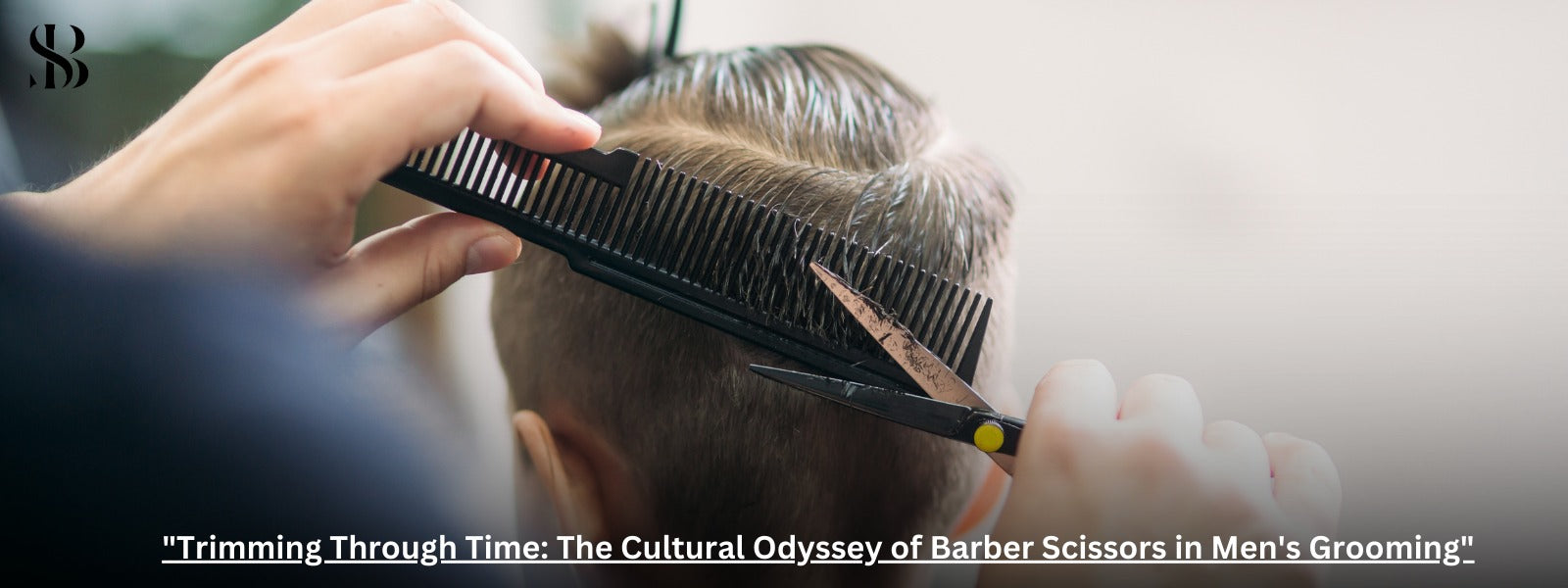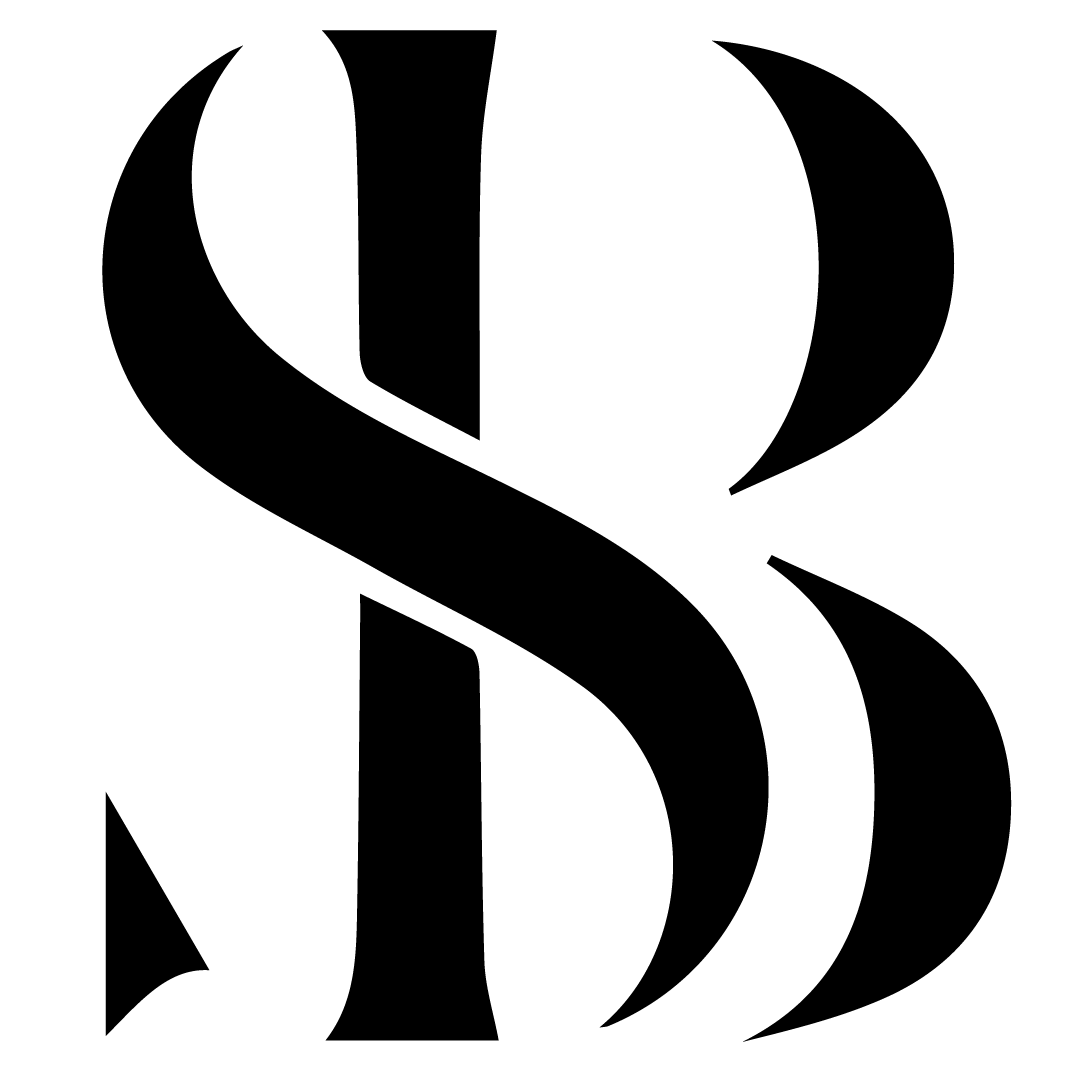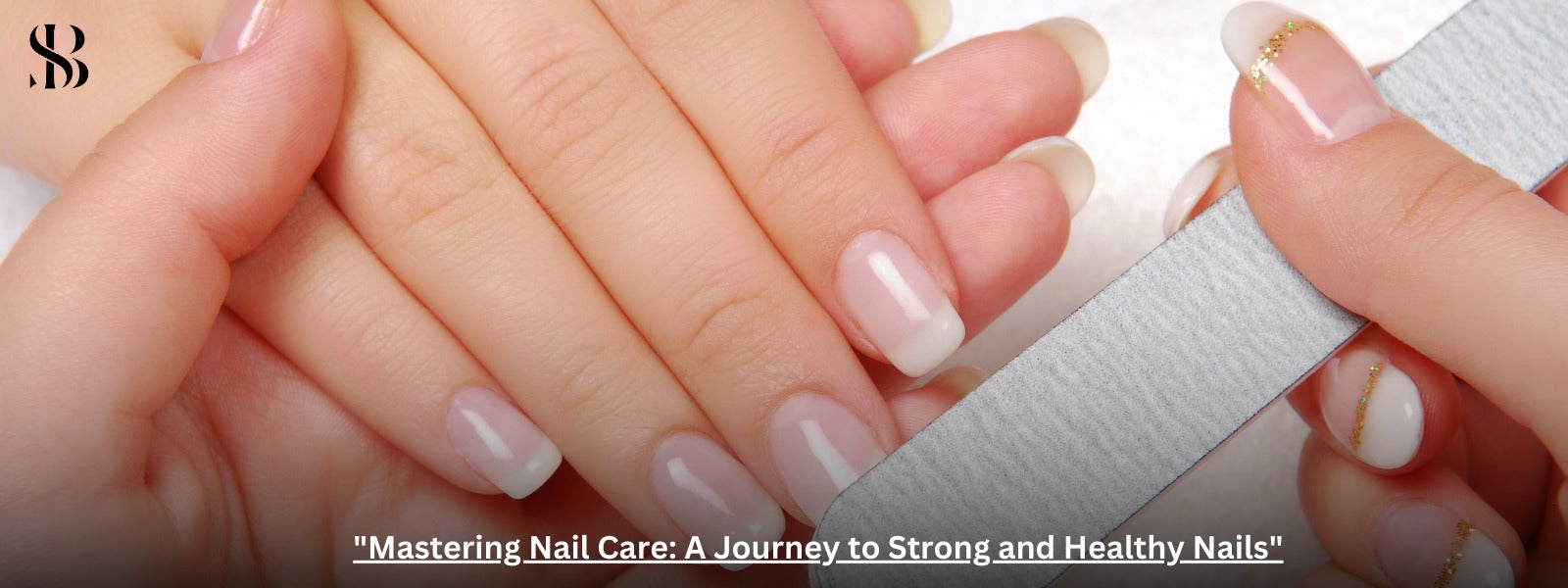
From Ancient Times to Modern Styles: The Cultural Significance of Barber Scissors in Men’s
Trimming Through Time: The Cultural Odyssey of Barber Scissors in Men's Grooming
Once upon a time, the barber scissors changed the way men groomed themselves for hundreds of years. They were first made in the busy markets of ancient Mesopotamia, which grew in culture along the banks of the Tigris and Euphrates rivers. Here, in the Fertile Crescent, skilled craftsmen made the first known versions of these useful tools. They used bronze and iron to make blades that could perfectly style hair that wouldn't stay in place.
The art of barbering spread all over the world as trade routes grew and countries rose and fell. The scissors were a part of this art form. Barbers were respected members of society in both the grand bazaars of Byzantium and the busy souks of Marrakech. They were not only in charge of grooming people, but also of sharing stories and bringing people together.

In ancient Europe, when knights roamed the land and proper behavior was expected, barber scissors took on a new meaning as signs of class and refinement. In the dimly lit rooms of medieval castles, royal barbers used precise scissors to shape the complicated hairstyles of noblemen and give them an air of royal sophistication. These shears were loved and passed down from one family to the next. Each pair was a reminder of the grandeur of times gone by.

As the Age of Exploration and the rebirth began, barbering also went through a rebirth, helped along by new discoveries in art and science. In Renaissance Florence's busy streets, where artists like Michelangelo and Leonardo ad Vinci walked, barbers tried out new methods and tools, getting better at their job with every cut. During this time, barber scissors started to take on their modern form, with handles that were more comfortable to hold and blades that were made with great care to give the user the most control and accuracy.
Barber Scissors

Because European countries were building nations all over the world during the colonial era, barbers could be found in many places. Barbers worked with skill and style everywhere, from the fancy salons of Versailles to the rough frontier towns of the American West. In the wilds of uncharted places, their scissors became signs of civilization.

As the world sped quickly into the modern era in the 20th century, barber scissors continued to change to keep up. When mass production and industrialization came along, these tools that used to be made by hand became available to everyone. This gave barbers and customers alike the freedom to try out new styles and methods. From the fancy barbershops on Madison Avenue to the busy streets of Tokyo, barber tools came to be associated with style, accuracy, and new ideas.

The barber scissors have a long history that lives on in this digital age where trends change quickly and cleaning is always being pushed to new limits. With their classic barbering methods and cutting edge styles, these tools will always be important for self-expression and self-care.
The history of barber scissors and their use in grooming men reminds us of how custom, new ideas, and good craftsmanship can last for a long time. From ancient Mesopotamia to today, these simple tools have been used to shape not only our haircuts but also who we are and how we feel about ourselves. As we continue our journey into the future, one thing stays the same: the story of the barber scissors is not over yet. There are many more parts to be written.
During the height of the Byzantine Empire, when wealth and fancy were very important, barbers were not only skilled workers but also respected members of society. When East and West met in the beautiful city of Constantinople, barber scissors became status symbols and were used in salons where kings and other high-class people went. Barbers used their scissors like master sculptors, making live works of art that captured the essence of Byzantine splendor. This is where the most intricate hairstyles and facial hair grooming hit new levels of artistry.
Barber scissors were an important part of personal care and grooming in Marrakech's souks, which were full of bright colors and a lot of activity. In the medina's winding streets, where vendors sold their goods and performers told tales of romance and adventure, barbershops were places where people could relax and feel better. People trusted skilled barbers with their looks here, where the air smelled of foreign spices and there were lots of people talking and moving around. The barbers' skilled hands and sharp scissors turned people into images of elegance and grace.
In ancient Europe, where honor and courtly love were very important, barbering became a mysterious art, and barbers often worked as both healers and magicians. In addition to grooming, they sold medicines for everything from toothaches to baldness. Their scissors were both tools for beauty and for health. Tradition and myth were mixed at the time, and barbers were respected for more than just their cutting skills. They were also thought to know a lot about herbs, potions, and the human body.
When the Renaissance happened, a time of rebirth and learning, barbering changed and became more refined and sophisticated. In Florence and Venice's busy city streets, where artists and intellectuals met to share ideas and admire the beauty of the human body, barbershops turned into places where people came together to be creative and talk about ideas. Barbers practiced their craft here, surrounded by Renaissance masters and their wealthy clients. They were very good at it, and their scissors cut the hair and facial hair of both lords and commoners with equal skill and artistry.
As European powers spread their empires around the world during the colonial era, barbering became an important part of colonial society and helped connect people from different nations and civilizations. Barbershops in colonial areas from the Caribbean to Southeast Asia became places where people from all walks of life could come together to share stories, talk about ideas, and get away from the stresses of colonial life. Barber scissors continued to work their magic in these faraway parts of the world, crossing borders and lines to bring people together in their search for beauty and self-care.
From ancient Mesopotamia to the present day, the history of the barber scissors makes one thing clear: it's not just a story about cleaning and personal care; it's also a story about how people have always wanted to be beautiful, connect with others, and express themselves. With each cut, barbers have changed not only our hairstyles but also our identities and sense of self. They have left an indelible mark on society that goes beyond place and time. However, even though society and fashion are always changing, one thing is certain: the barber scissors will continue to have an impact on how men prepare themselves for the future.
CEO
Ali Sabir




Leave a comment
This site is protected by hCaptcha and the hCaptcha Privacy Policy and Terms of Service apply.